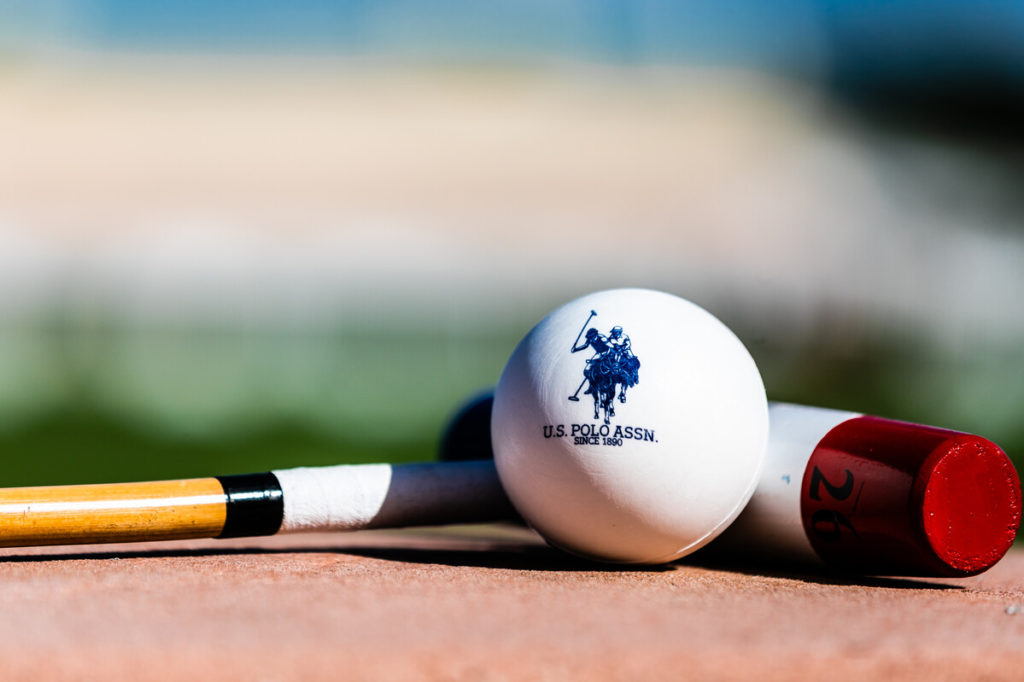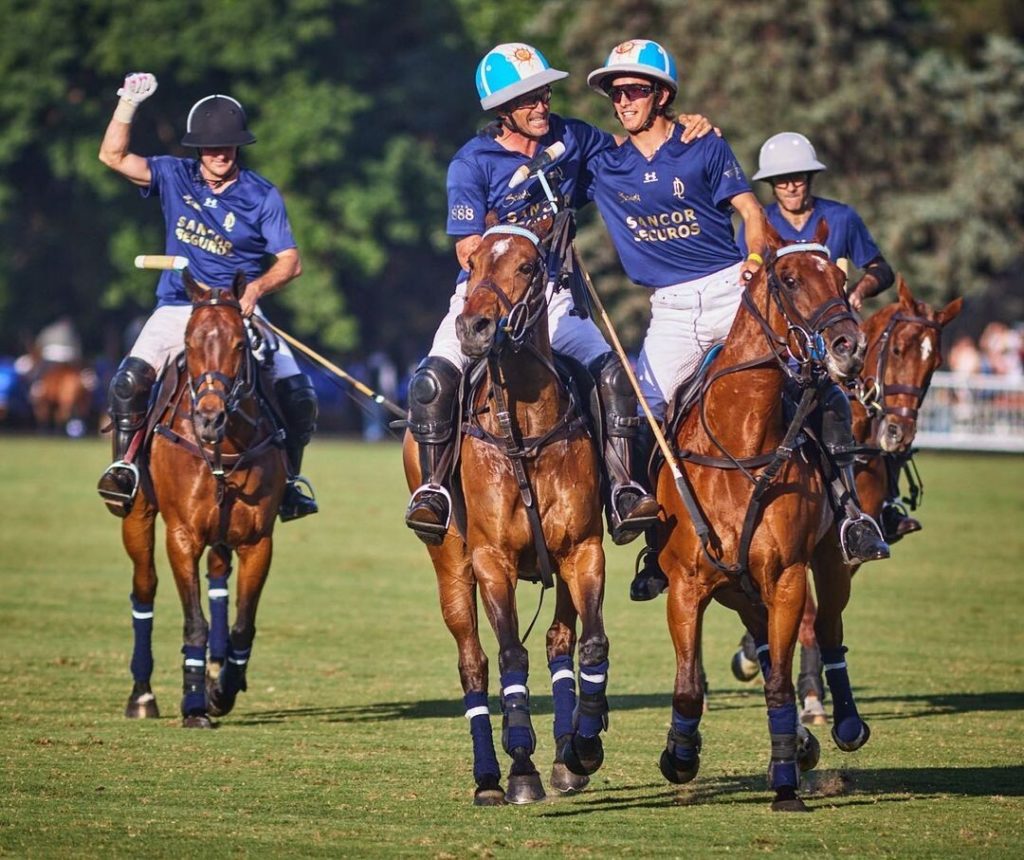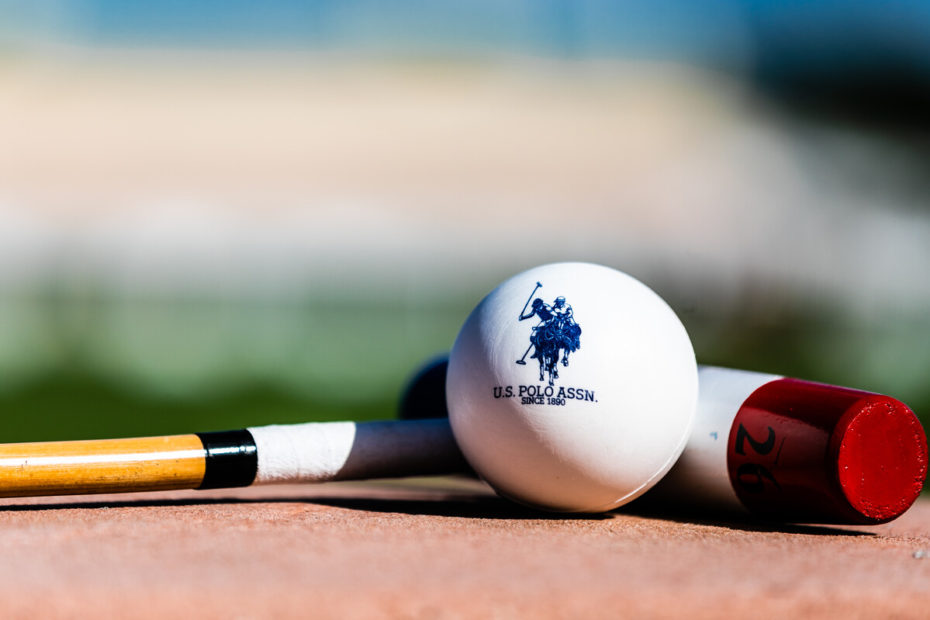Polo Origins
Prior to the 19th century, there were no official rules to the game of polo. Polo was originally played with 100 or more players on a team to simulate battle and was played by cavalry units. These massive teams also used tree branches or carved sticks to hit a ball made of a combination of willow, bamboo, and leather. Later, the sport became more popular and was allocated to a field of about 10 acres. This has remained the regulation field size to this day (300 yards long and 160 yards wide or the size of 9 football fields). Additionally, the characteristics of the horse breeds selected to play on these fields have remained consistent from past to present.

Evolution of Polo Ponies
One of the original polo breeds is the Manipuri pony, originating in India. With a naturally short back and a powerful stride, this breed started the tradition for polo ponies to be small and under 13 hands in height. As polo began to grow, the height limit on ponies began to rise allowing bigger ponies to compete. Soon, Manipuri ponies were being passed over for larger breeds. These historic ponies are now endangered and used in a limited way in the Manipuri region. Naturally, the desired qualities in these ancient polo ponies of maneuverability, speed, and pedigree have translated into modern polo players selecting other breeds such as the Quarterhorse, the Polo Argentino, and the Thoroughbred.

Rules of the Sport Evolve
Many years after the Manipuri breed and its original riders played the sport, the first rules of polo were officially recorded. In 1874, these rules were revised to restrict the number of players to each team. Teams went from 100, to eight, and finally to four or three depending on if it is played in the arena or on the grass field. Additionally, the polo ball is now made of high impact plastic for outdoor and rubber or nylon for indoor. The mallets have become mostly rattan/manau cane, with an Argentinian tipa wood head that vary in length, weight, and flexibility. These large adjustments have also been accompanied by many small amendments to the rules of game play.
In 1975, one of the most significant changes to the rules was made. The rule limited players to only use their right hand to swing their mallet. Following this date, there have been so many intricate amendments to the rules including establishing the line of the ball, using mallets properly, and conducting safe ride offs. All polo rules are intended to improve the safety, fairness, and flow of the game. Most importantly, these rules protect the horse and rider.

Modernization of Polo
Today, there is an established rule book to accomplish this goal.
- a set amount of chukkas (4,6, or 8 periods of play)
- game time (7 minutes and 30 seconds)
- breaks for horses and players (3 minutes between chukkas and 5 between halves)
- Though there are some handicap and rule variances internationally, the core of the game is the same.
Polo is a historic and ever changing sport that has been loved by many and continues to be appreciated and played today. This unique sport continues to grow globally in popularity and has no plans on slowing down.
For more information on the rules of polo, visit your home country’s polo federation website:

